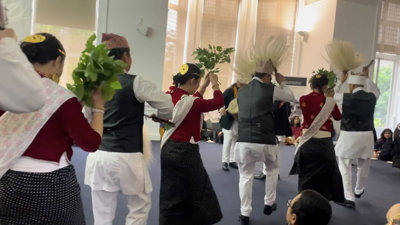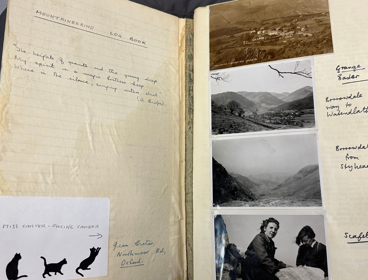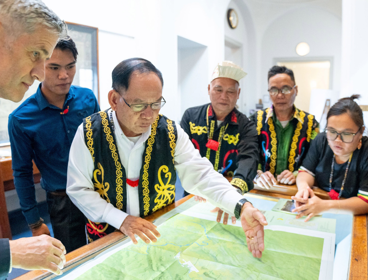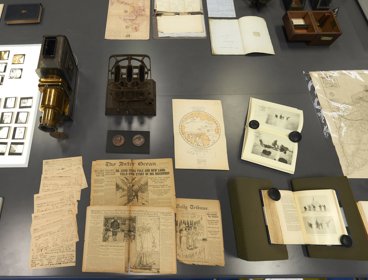In the year marking the centenary of the 1924 attempts to climb Everest, stories about the mountain have featured widely in activities recently. Among these is the ongoing work being done by scholars to highlight the perspectives of indigenous communities from the Himalaya region, through alternative and creative methods of research.
One researcher doing this is Dr Rohini Rai, whose innovative public engagement research project in partnership with the Society began last week with a day-long workshop-style event that used dance to explore storytelling. The project, which has been funded by the British Academy, aims to focus on reimagining the region by centring the stories and perspectives of its indigenous communities.
Participants for this workshop included external attendees as well as community members from three UK-based Himalayan indigenous diaspora communities: Kirat Yakthung Chumlung (Ashford), Kirat Rai Yayokkha (Ashford) and World Newah Organisation UK Chapter.
The participants began the day by viewing a display of archival material on the Himalayan region from the Society’s Collections. Their reflections on the items will be used in the co-curation of a digital exhibition of the materials later in the summer. Following the display, three dance groups (made up of 40 community members) and one solo dance artist, Sandhaya Gurung, performed dances accompanied by stories narrated first by elders in their native languages, and then in English by younger members of the British-Nepalese community. Throughout the dances, the audience were gathered on the floor to encourage active participation.
As the workshop ended, Rohini commented: “Many told me that it was an emotional experience for them, as it was for me too! Someone told me that the rhythmic sounds of the dhols (drums) could be heard in the archives, making me wonder if our ancestors pictured in the archival photos could hear us too that day”.
Reflecting on the event, Rohini said: “People engaged with the archives, we danced together, and shared stories, creating a space for community building, as the communities and organisations involved often do not get the chance to come together in this way to co-produce knowledge about their region. This event and the project was collaborative in every sense, from design to delivery”.
Following the launch of the online exhibition in summer, Rohini is aiming for this work to become a transnational project between UK, Nepal and Northeast India.



